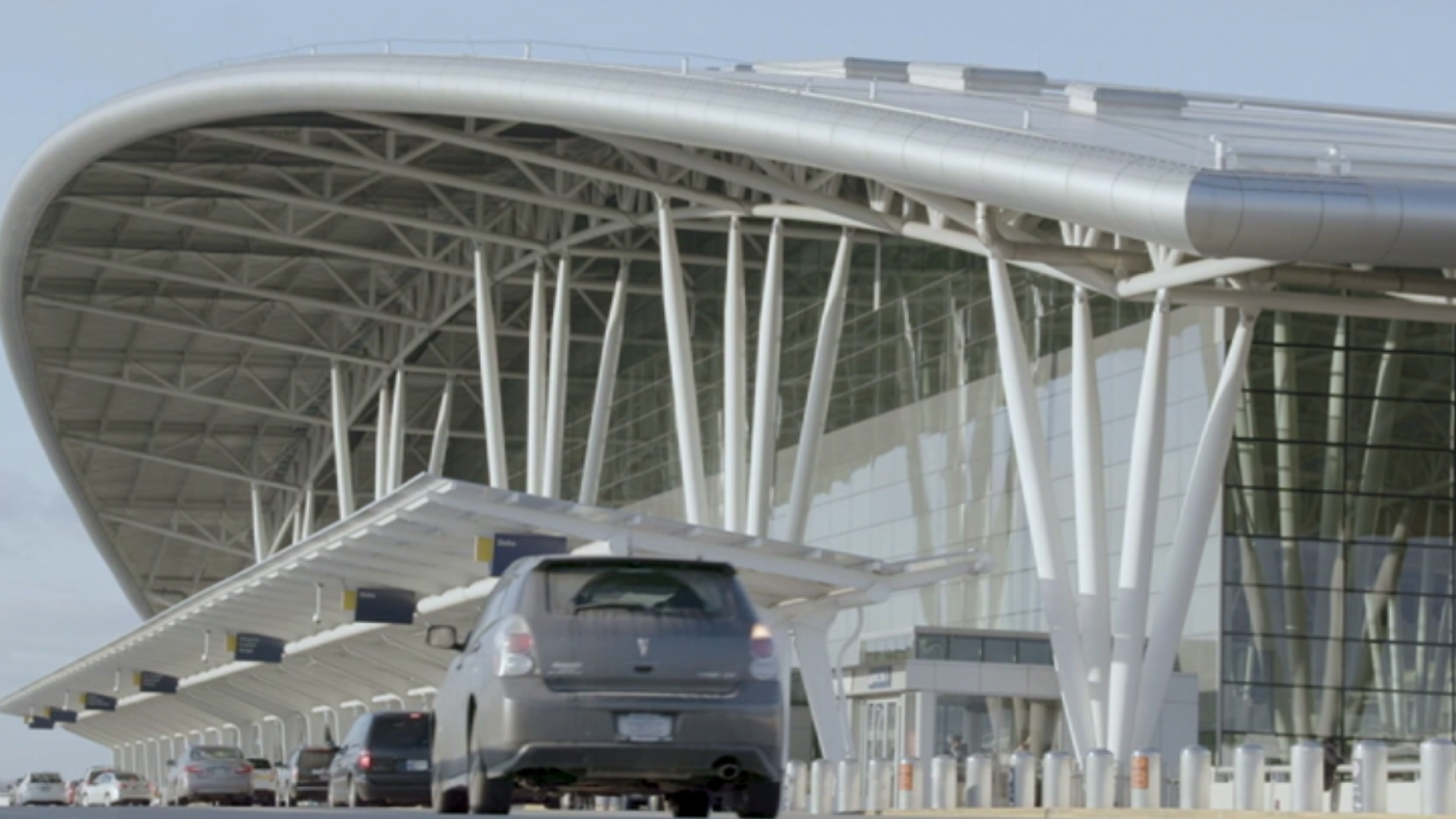INDIANAPOLIS — Indianapolis International Airport (IND) is one of 50 U.S. airports where wireless companies have agreed to turn off 5G transmitters for six months to reduce the risk of disruption and potential interference with aircraft instruments when 5G C-band service launches on Jan. 19, the Federal Aviation Administration announced Friday.
Airport traffic volume, the number of low-visibility days and geographic location factored into the selection of the 50 airports, the FAA said.
“The agency sought input from the aviation community where the proposed buffer zones would help reduce the risk of disruption,” the agency said.
According to the FAA, many airports are not currently affected by the new 5G deployment. These include airports not in the 46 markets where the new service will be deployed and airports that do not currently have the ability to allow low-visibility landings.
“The FAA continues to work with the aerospace manufacturers and wireless companies to make sure 5G is safely deployed and to limit the risk of flight disruptions at all airports,” it said.
The federal government is concerned that C-band 5G signals could interfere with a precise piece of equipment that tells airplanes how far they are from the ground.
Earlier this month, two of the largest cell service providers in the U.S. agreed to temporarily hold off on implementing a 5G network after pleas from U.S. Transportation Secretary Pete Buttigieg and the FAA.
In the letter, dated Dec. 31, 2021, the federal officials warned of "widespread and unacceptable disruption as airplanes divert to other cities or flights are canceled, causing ripple effects throughout the U.S. air transportation system."
Initially, AT&T and Verizon both appeared ready to either ignore the request or take the matter to court if the FAA moved to block the rollout.
But by Jan. 4, both telecom giants indicated they were willing to work with the government on the matter. Both companies, as well as the FAA, confirmed that an agreement had been reached.
"The FAA thanks AT&T and Verizon for agreeing to a voluntary delay and for their proposed mitigations," Maria Njoku, an FAA spokesperson, wrote in a statement. "We look forward to using the additional time and space to reduce flight disruptions associated with this 5G deployment."
FAA officials confirmed that the two companies have agreed to a set of mitigation measures similar to those used in parts of Europe.
These mitigation measures include reduced power to 5G towers situated close to airports.
RELATED: Yes, 5G can interfere with airplanes, but it’s unclear whether it will cause ‘harmful interference’
The federal government's concern is rooted in a 2020 study that shows transmissions on the C-band spectrum (such as 5G) can interfere with a piece of equipment on an aircraft known as a radio altimeter. The instrument is how planes measure precisely how far they are from the ground when near an airport, allowing them to land safely, even with low visibility.
The worry isn't about cell phones carried by passengers, but instead that massive cell towers set up near major airports could affect nearby aircraft relying on radio altimeters to land.
The deal will delay the implementation of 5G technology to at least Jan. 19, and 5G towers would operate at a lower power near 50 U.S. airports.
What other people are reading:
- Legislators debate bill affecting parental say in school curriculum
- Indianapolis mansion, estate of late businesswoman DeHaan listed for $14M
- Inside an Indiana COVID-19 testing lab: What happens to your swab?
- Carson Wentz addresses teammates, fans in Instagram post
- Free at-home COVID tests: Reimbursement details, monthly limits
- Maryland handyman gets transplant pig heart in highly experimental surgery
- Red Cross declares 1st national blood crisis; says donations urgently needed
- Bob Saget autopsy reveals no initial signs of foul play; 911 call released

